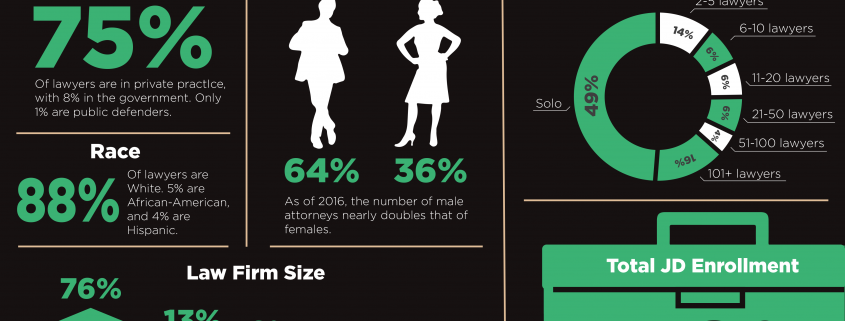Introduction Of Expectations: The Timeline For A Traditional Divorce Situation
Introduction Of Expectations: The Timeline For A Traditional Divorce Situation
Blog Article
Produced By- please click the following web site
As you start the journey of browsing a separation instance, you might find yourself questioning the timeline that exists in advance. From the first phases of filing files to the complexities of settlement and the capacity for a trial, each action holds its own collection of obstacles and uncertainties. Understanding the sequence of occasions can help you get ready for what's ahead and prepare for the weaves that might emerge along the road.
First Declaring and Solution of Records
When starting the divorce process, the primary step is the initial declaring of the necessary papers with the court. This step formally starts the lawful procedure and sets the separation case in motion. You have to submit forms that outline the grounds for divorce, properties, responsibilities, revenue, expenditures, and any other appropriate details called for by the court.
After filing these papers, copies need to be served to your partner, educating them of the divorce process. This service can be done via a process server, sheriff's office, or licensed mail, making certain that your spouse is formally notified of the separation situation against them.
When the documents are filed and offered, the court will certainly supply a case number and designate a judge to oversee the instance. It's vital to accurately complete and submit these papers, as any kind of mistakes or omissions could delay the divorce procedure.
This first action lays the foundation for the legal dissolution of your marital relationship, noting the start of a potentially challenging however necessary process.
Discovery and Settlement Phase
Throughout the Discovery and Arrangement Phase of a separation instance, both celebrations take part in gathering info and exchanging pertinent documents to much better recognize each other's monetary situations and other essential details. This phase is essential as it sets the structure for settlements and possible settlement agreements. Through https://telegra.ph/The-Contribution-Of-A-Separation-Lawyer-In-Kid-Safekeeping-Procedures-Important-Points-To-Understand-02-12 as interrogatories, requests for production of records, and depositions, each event intends to uncover truths, possessions, debts, and various other essential information that might impact the case's end result.
Settlements throughout this phase typically entail conversations on different problems like residential or commercial property department, child safekeeping, visitation schedules, and financial support. Both celebrations may work with their attorneys to discover negotiation alternatives, possibly avoiding the need for a trial.
Arbitration or collective legislation procedures may also be utilized to promote efficient conversations and get to mutually appropriate contracts. It's necessary to approach this stage with transparency, sincerity, and a readiness to endanger to accomplish a smoother resolution and lessen the emotional and monetary toll of a prolonged court fight.
Trial and Last Resolution
Moving on from the Discovery and Arrangement Stage, the Trial and Last Resolution stage notes the conclusion of your separation situation. This stage is where unresolved concerns are brought prior to a court to make final decisions on matters like possession department, child wardship, and support. The test generally involves providing evidence, witness statements, and legal disagreements to support your instance.
During the trial, both parties will have the chance to provide their placements and counterarguments. It's crucial to be prepared, as the judge's decision will dramatically influence the final outcome of your separation.
Adhering to the trial, the court will issue a last judgment that outlines the regards to the divorce, including any kind of economic negotiations and protection setups.
Once the judgment is issued, the divorce is wrapped up, and both events are legitimately bound by its terms. While the trial stage can be difficult and emotional, it's a required action towards getting to a last resolution and moving forward with your life post-divorce.
Conclusion
Finally, navigating a divorce situation involves a collection of actions from filing preliminary papers to getting to a last resolution. Recognizing the timeline of occasions can help you prepare for what to expect throughout the procedure. By being aggressive, seeking legal guidance, and staying informed, you can browse the complexities of divorce proceedings with confidence and clearness.
